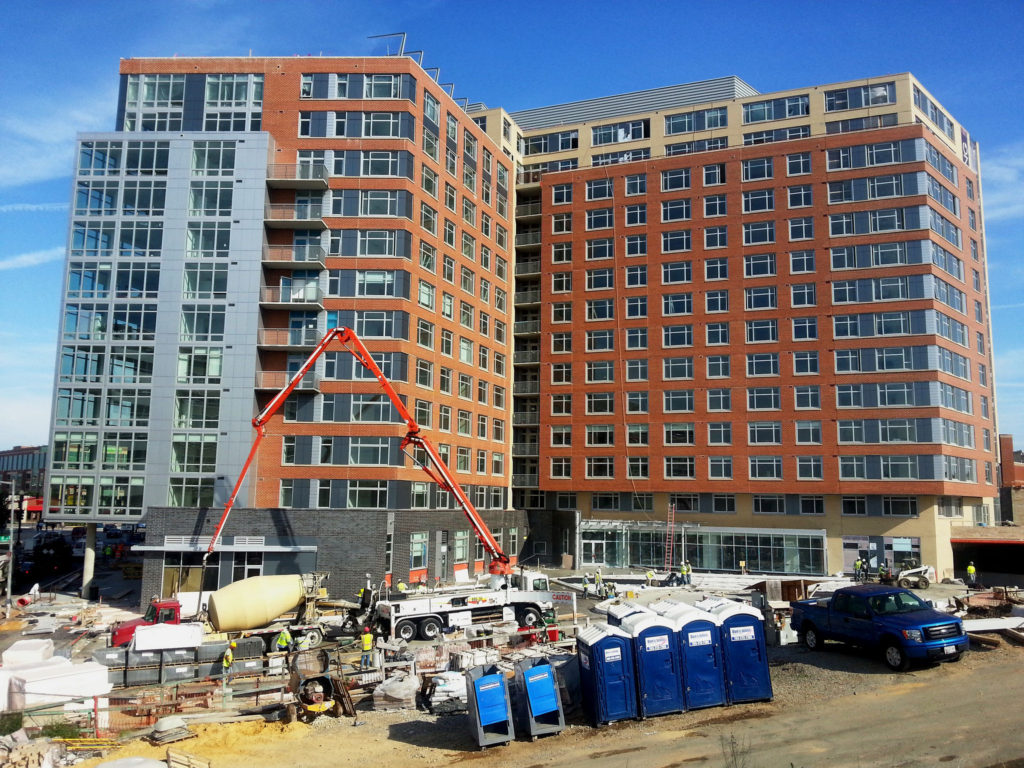The numbers for jobs growth are in for the month of January and they are better than analyst’s original expectations, rising to 200,000, holding the unemployment rate at 4.1 percent. This comes as great news to the private sector as the unemployment rate is now the lowest it has been since 2000. As well, average hourly earnings rose slightly by 0.3 percent for annualized increase by 2.9 percent, the largest gain since 2009.
Jobs and wage growth is on track to extend through the remainder of 2018, riding on the back of the fastest economic growth since the beginning of the recovery in early 2009. The final January numbers indicate around 23,000 more jobs were created than the originally expected 177,000 for the non-farm payroll by Reuters analysts, according to a report from CNBC.
The sector with the biggest gain was construction, adding 36,000 jobs. The food industry claimed bar and restaurant jobs gained 31,000. The manufacturing sector and durable goods-related industries added 15,000 ad 18,000 jobs, respectively.
Bloomberg reports the underemployment rate (U-6) increased slightly to 8.2 percent from 8.1 percent. This measure is used to gauge those with part-time employment who are not actively seeking full-time employment. Part-time jobs also rose by 74,000 to 4.99 million last month. Interestingly, the average week worked for domestic employees fell from 34.5 hours to 34.3 hours.
The better than expected numbers put the U.S. economy very near the level of maximum employment. In 2017, Federal Reserve Chairwoman Janet Yellen stated a goal of her department was to generate a long-awaited, sustained pickup in wages and boost demands for jobs in the domestic economy. Undeniably, her plan got a big lift from the massive tax overhaul signed by President Donald Trump in December. Economists have debate over the decades about the what number constitutes maximum employment, but most claim it is just under four percent.
The rapid growth in the U.S. economy has the Atlanta Federal Reserve expecting a gross domestic product (GDP) gain of 5.4 percent in the first quarter of 2018. In Q4 of 2017, GDP rose 2.6 percent, down from 3.2 in Q3, according to the Bureau of Economic Analysis (BEA). Therefore, for all those who claim four percent growth is impossible — it is coming.

